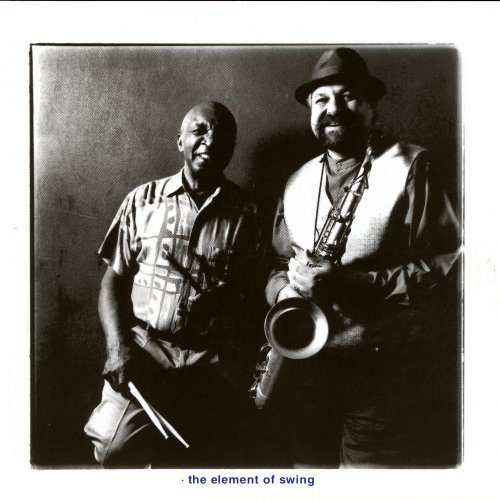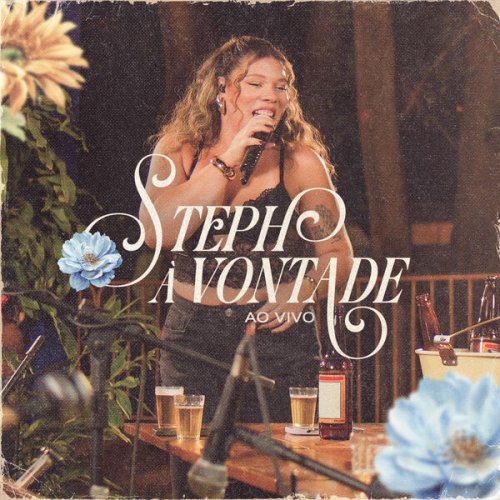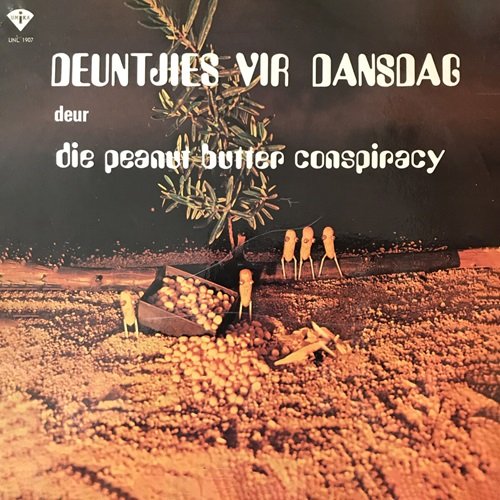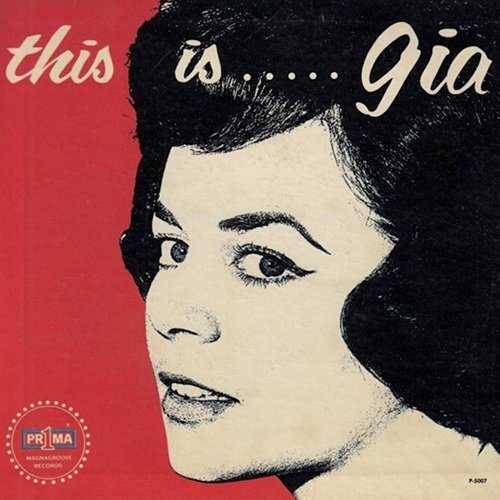Barre Phillips - End To End (2018) CD Rip
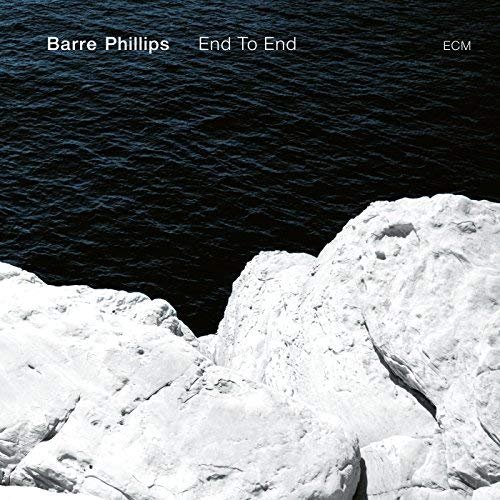
Artist: Barre Phillips
Title: End To End
Year Of Release: 2018
Label: ECM Records
Genre: Jazz, Free Jazz
Quality: FLAC (tracks+log+cue+artworks)
Total Time: 00:43:43
Total Size: 203 mb
WebSite: Album Preview
Tracklist:Title: End To End
Year Of Release: 2018
Label: ECM Records
Genre: Jazz, Free Jazz
Quality: FLAC (tracks+log+cue+artworks)
Total Time: 00:43:43
Total Size: 203 mb
WebSite: Album Preview
01. Quest (Part 1)
02. Quest (Part 2)
03. Quest (Part 3)
04. Quest (Part 4)
05. Quest (Part 5)
06. Inner Door (Part 1)
07. Inner Door (Part 2)
08. Inner Door (Part 3)
09. Inner Door (Part 4)
10. Outer Window (Part 1)
11. Outer Window (Part 2)
12. Outer Window (Part 3)
13. Outer Window (Part 4)
Personnel:
Barre Phillips - Double Bass
Legendary double bassist and improviser Barre Phillips writes what is billed as the final chapter in his storied history of solo bass recordings on the aptly titled End To End. He recorded what is generally regarded as the first solo double bass album in 1968 with Journal Violone (Opus One)an unplanned event, as he intended the music to be source material for composer Max Schubel. He followed that with the first improvised double bass duet album with Dave Holland, Music For Two Basses (ECM, 1971). His discography is full of similarly audacious groupings, with a second solo bass entry in Call Me When You Get There (ECM, 1983). For the fifty year anniversary of Journal Violone Phillips played one last installment in his solo bass journeywhich has also included numerous live concert performances over the yearsas not a summing up, but a last documentation.
There are three groupings organizing the tracks"Quest," "Inner Door" and "Outer Window"but Phillips came into the session with five areas of prepared material, five "songs" he wanted to explore. For the most part this source material is not explicit in the way that traditional theme and variations are. But the performance is a marvel of concision and balance: most of the thirteen tracks run less than four minutes, yet the album still sounds like a coherent suite of music (which the bassist credits to producer Manfred Eicher, who understood the correct order of the tracks before the performer did). Phillips is a master of both pizzicato and arco playing, as well as extended techniquesbut he uses his technique entirely to expressive ends, never in mere display.
Opener "Quest, Part 1" has an appropriately searching pizzicato sound, the bassist glorying in the sheer sound of the instrument. "Part 2" is played arco, Phillips' bowing effortlessly incorporating high harmonics to contrast with the lyrical theme. "Part 4" is played entirely with strummed chords (like a huge guitar), a rhythmic and harmonic exploration. "Inner Door, Part 1" again opens the section with pizzicato playing, this time incorporating harmonics. "Part 3" employs high arco harmonics played tremolando, sounding a bit like the buzzing of a (very large) insect. "Part 4" revisits the chord sequence heard earlier on "Quest, Part 4," this time employing spiccato (a staccato effect achieved by bounding the bow on the strings).
The final "Outer Window" section integrates all of these playing techniques a bit more, as well as introducing a new one. "Part 2" uses the rhythmic spiccato bowing technique, adding percussive tapping on the double bass body. But the main feature is the contrast between skittering high harmonics and rumbling low register material. "Part 3" is played arco: the melancholy melodies are distinguished by the smooth integration of low notes and harmonics. It's as if Phillips is an entire string section by himself. "Part 4" is played pizzicato, like a question and answer between melody and chordal accompaniment. Strummed chords bring the program to a gentle end.
If this really is his last solo double bass statement, Phillips has ended on a high note, in full possession of his powers as player and improviser. End To End is a stunning exemplar of solo double bass performancefrom the creator of the form, and still the grand master of it.
There are three groupings organizing the tracks"Quest," "Inner Door" and "Outer Window"but Phillips came into the session with five areas of prepared material, five "songs" he wanted to explore. For the most part this source material is not explicit in the way that traditional theme and variations are. But the performance is a marvel of concision and balance: most of the thirteen tracks run less than four minutes, yet the album still sounds like a coherent suite of music (which the bassist credits to producer Manfred Eicher, who understood the correct order of the tracks before the performer did). Phillips is a master of both pizzicato and arco playing, as well as extended techniquesbut he uses his technique entirely to expressive ends, never in mere display.
Opener "Quest, Part 1" has an appropriately searching pizzicato sound, the bassist glorying in the sheer sound of the instrument. "Part 2" is played arco, Phillips' bowing effortlessly incorporating high harmonics to contrast with the lyrical theme. "Part 4" is played entirely with strummed chords (like a huge guitar), a rhythmic and harmonic exploration. "Inner Door, Part 1" again opens the section with pizzicato playing, this time incorporating harmonics. "Part 3" employs high arco harmonics played tremolando, sounding a bit like the buzzing of a (very large) insect. "Part 4" revisits the chord sequence heard earlier on "Quest, Part 4," this time employing spiccato (a staccato effect achieved by bounding the bow on the strings).
The final "Outer Window" section integrates all of these playing techniques a bit more, as well as introducing a new one. "Part 2" uses the rhythmic spiccato bowing technique, adding percussive tapping on the double bass body. But the main feature is the contrast between skittering high harmonics and rumbling low register material. "Part 3" is played arco: the melancholy melodies are distinguished by the smooth integration of low notes and harmonics. It's as if Phillips is an entire string section by himself. "Part 4" is played pizzicato, like a question and answer between melody and chordal accompaniment. Strummed chords bring the program to a gentle end.
If this really is his last solo double bass statement, Phillips has ended on a high note, in full possession of his powers as player and improviser. End To End is a stunning exemplar of solo double bass performancefrom the creator of the form, and still the grand master of it.
![Clifton Chenier - Black Snake Blues (1986 Edition) (1986) [Hi-Res] Clifton Chenier - Black Snake Blues (1986 Edition) (1986) [Hi-Res]](https://img.israbox.com/img/2025-12/20/5hzj0ndlb0r4b8ignhx86mdc7.jpg)
![Don Cherry, Nana Vasconcelos & Collin Walcott - Codona (1979/2025) [Hi-Res] Don Cherry, Nana Vasconcelos & Collin Walcott - Codona (1979/2025) [Hi-Res]](https://www.dibpic.com/uploads/posts/2025-12/1765970766_cover.jpg)
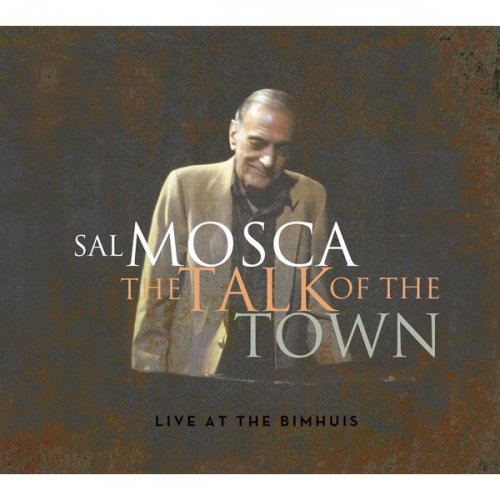
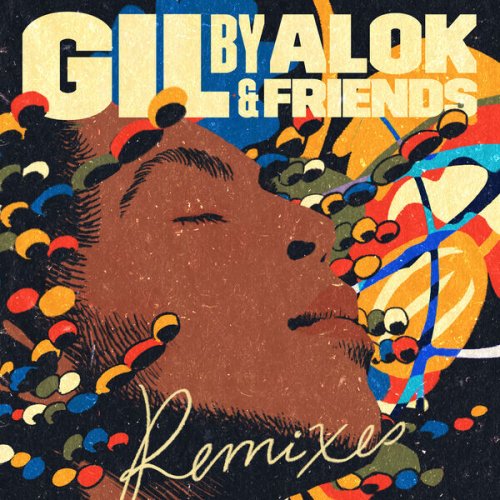
![Clifton Chenier - Live at the San Francisco Blues Festival (Live) (1985) [Hi-Res] Clifton Chenier - Live at the San Francisco Blues Festival (Live) (1985) [Hi-Res]](https://img.israbox.com/img/2025-12/20/1okh4wxr3ose6s79w4nxw7vzi.jpg)
